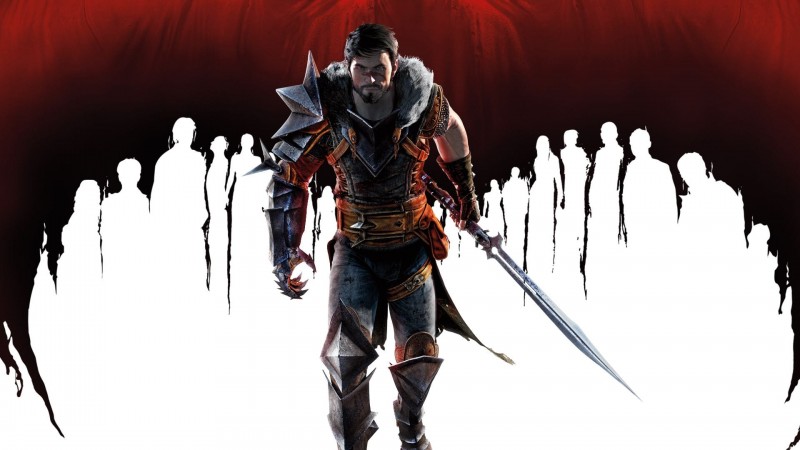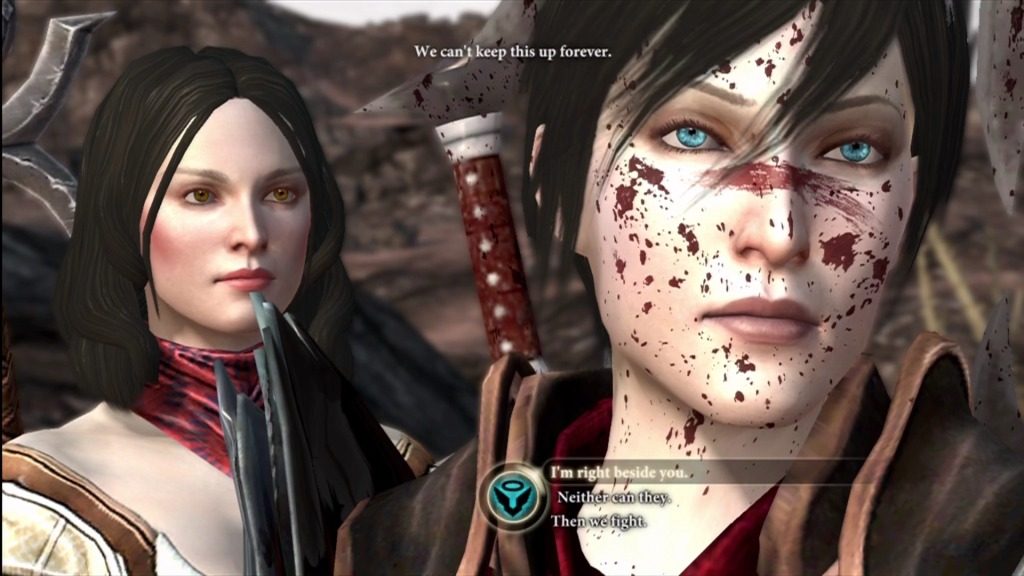
After the release of Dragon Age: The Veilguard, it is only fair that we continue to look back on the Dragon Age Franchise. We have already discussed Dragon Age: Origins, so it’s time to focus on the eventful Dragon Age 2.
In this new story, you play as Hawke, a character trying to flee from the Blight taking over Ferelden. With Hawke, you travel with what is left of your family to Kirkwall. The goal is to make this new city home for Hawke and their family. Of course, nothing is ever simple in the Dragon Age series, and Hawke is thrown headfirst to the wolves, or rather, issues of poverty, politics, and religion. As Hawke, the player is required to start from the bare bones of Lowtown as either a mercenary or a smuggler trying to find some sort of income in Kirkwall. From there, Hawke befriends Varric, one of the eight companions players will be required to meet that will advance the story. After taking part in the Deep Roads expedition, Hawke climbs the social ladder and relocates to Hightown, obtaining a new and better home for their family. Or at least, what family is left since, for every advancement Hawke gets, it would seem Hawke must say farewell to something else. As politics and religious issues rage on in Kirkwall it’s up to Hawke and their companions to put an end to the useless fighting, despite the approval rating of the companions. Hawke eventually becomes the Champion of Kirkwall, and is mentioned in Dragon Age: Inquisition.
Unlike Dragon Age: Origins, the player gets the opportunity to interact with the character’s family for a longer and more spread out amount of time to see the development of each family member. As Hawke, the player no longer has to start off as a lone wolf, because Hawke’s reason for fighting is to fight for their family. There are no Grey Wardens in Kirkwall, just Hawke and their companions the player obtains along the way much like its predecessor.

Aside from the matters of the plot, BioWare introduces you to a whole slew of new comrades with their own respective companion missions. Per BioWare fashion, the player can win or lose approval. I must say, as an Alistair romancer, it is a nice relief not having to convince any of these new potential partners to sleep with other comrades. That is not to say any romance option is a simple choice.
What’s nice from the transition from Dragon Age: Origins to Dragon Age II is the fluid gameplay. More specifically, combat. With the set up to the story of Hawke, the player is immediately thrust into a fight in order to learn the new combat mechanics. BioWare even included a great sneak peak at the potential abilities Hawke can have in the future, which encourages players to want to work hard to obtain those abilities during their run.
The battle is much faster, and the latency has dwindled astronomically. Honestly, a huge relief. Surprise battles were quick, maybe ten minutes at the most if you had the ideal team set-up; and honestly way more appealing. Compared to Dragon Age: Origins, the fighting is way more eye-catching, and we are no longer stuck with the repetitive dagger stabbing or magic summoning. Each character has their own playstyle and cosmetic differences. Honestly, it’s nice being able to have a Warrior go into Rage Mode, while also being able to stun enemies with a blast of magic.
While Dragon Age: Origins was a refreshing game when it debuted, the release of Dragon Age II was exactly what loyal Dragon Age players needed for a smoother experience. Let’s not forget to mention that these particular batch of comrades are way more interesting than the first charming batch.
